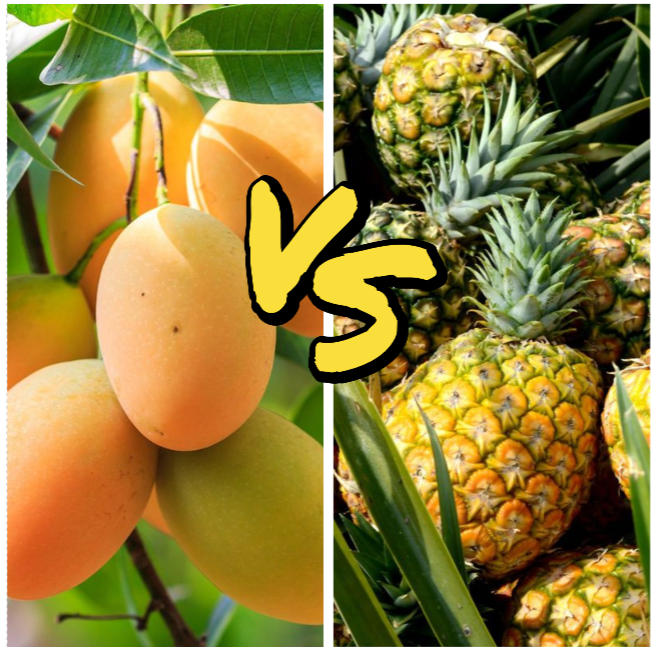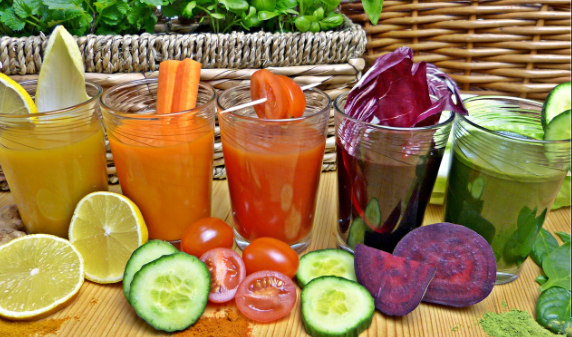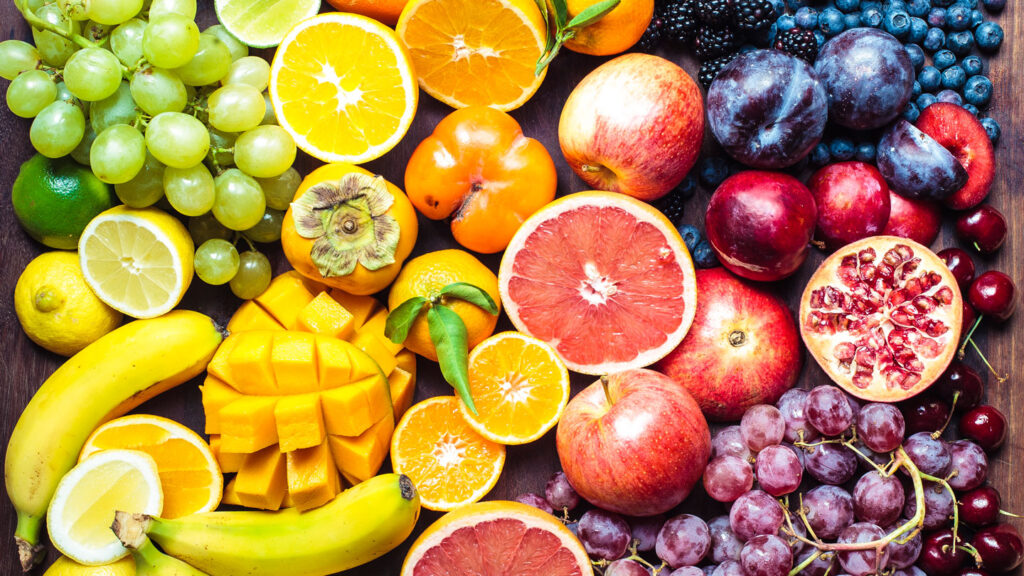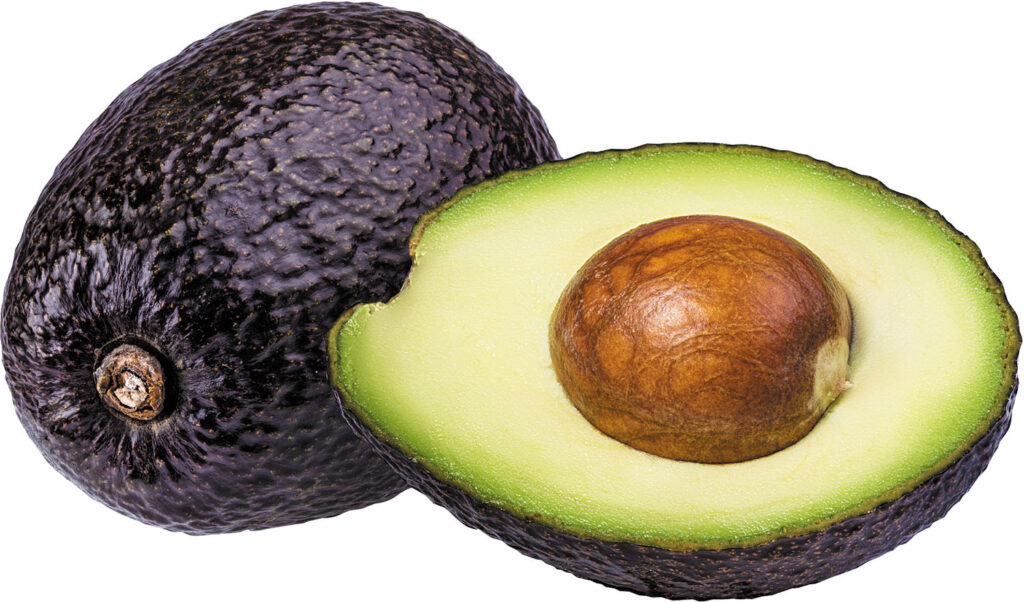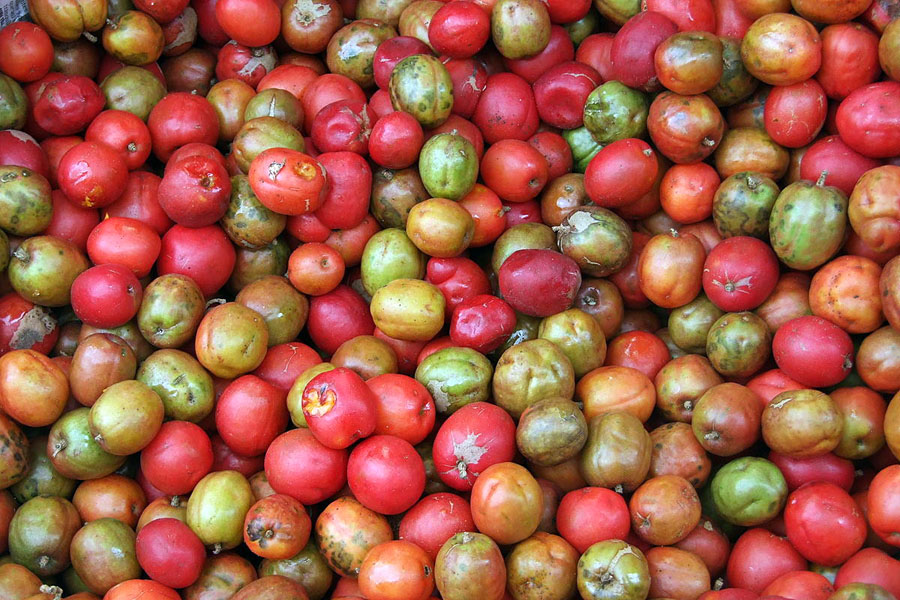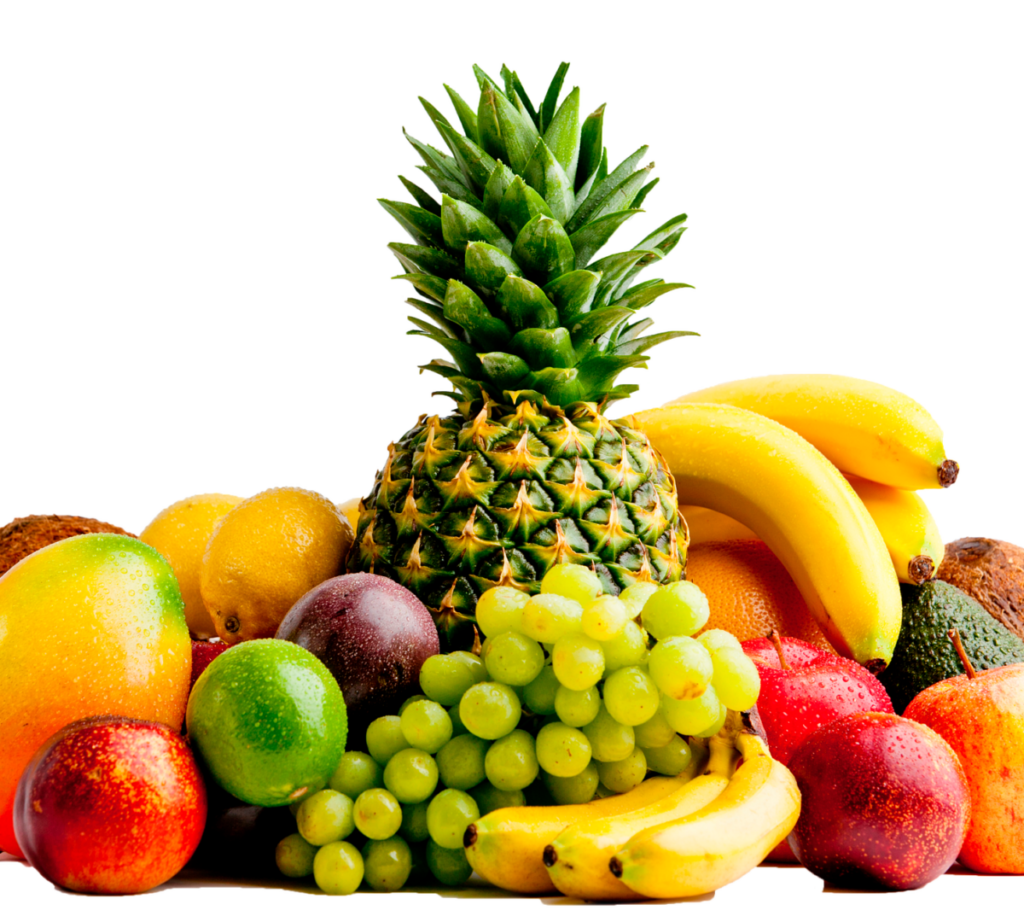Mangoes and melons might seem the same to some people because they both taste sweet and have juicy insides. But they are actually very different fruits. Mangoes are what’s called a “drupe,” and melons are not. We’ll look at why some folks think they’re the same and what really makes them different from one another. By the time you finish reading, you’ll know more about mangoes and see why they’re special.
We’re going to go over the mix-up between mangoes and melons and find out what each one really is. Let’s dive in to learn more about these tasty fruits!
Table of Contents
What Exactly is a Mango?
Mangoes are a kind of fruit that grows in warm places and comes from the Mangifera family of trees. They can look different based on the type, but they’re mostly shaped like ovals.
When they are ready to eat, mangoes smell nice and are really juicy inside. They’re super tasty and sweet. These fruits started off in South Asia but now they grow in places like India, Thailand, Mexico, and Brazil.
| What They’re Like | More Info |
|---|---|
| Looks | They can be round or oval with a big seed in the middle. The skin is smooth and thin, and can be green, yellow, orange, or red. Inside, the flesh is bright yellow or orange, and it is separated in parts around the seed. |
| Taste | Mangoes have a sweet, almost tropical taste. It’s a mix of peach, pineapple, and apricot flavors. How sweet they are can change with each type of mango and how ripe it is. You might also taste a little sourness or tartness. |
| Feels Like | Ripe mangoes are soft and nice to bite into. They have a smooth feel but also have tiny fibers in them. So, they’re a bit stringy to eat. When you compare them to a ripe peach, mangoes tend to be a little harder and not so squishy. |
How are Mangoes Different from Melons?
Even though mangoes and melons are both juicy and sweet, they are really not the same at all. Here are the main things that make them different:
| What’s Different | Mangoes | Melons |
|---|---|---|
| Type | Mangoes have one big seed in the middle and soft flesh outside that you can eat. | Melons have a bunch of seeds inside and have a harder outside that you can’t eat. |
| Looks | They are oval and have a flat pit inside. Their skin is thin and smooth and changes colors like green, yellow, orange, or red. | Melons are round or long-shaped with a thicker, harder skin. They can have a rough and bumpy skin and can be green, yellow, or orange. |
| Feels Like | Soft and juicy with a slightly stringy feel. | Firm and crunchy. |
| Taste | They are sweet and taste like they come from a tropical place. Sometimes they also have a bit of a tangy or sour taste. They’re often said to taste like peaches, pineapples, and apricots mixed together. | Their taste is more on the mild side but still a bit sweet. They can remind you of cucumbers or honeydews. |
| Good for You | They have a lot of vitamin C, vitamin A, and stuff that’s good for your digestion. | They also have a lot of vitamin C, help your body hold on to water, and have potassium. |
Why Might People Get Mixed Up Between Mangoes and Melons?
Some folks think mangoes and melons are the same because they both look a bit alike, taste sweet and juicy, and have a soft feel when you eat them. You can also eat them in the same ways, like in slices or cubes. Also, they can be the same colors like green, yellow, and orange, making it harder to tell them apart.
Plus, if someone doesn’t know much about these fruits or hasn’t tried many of them, they might easily confuse one for the other.
Different languages and cultures also add to the mix-up. In some parts of the world, “melon” can mean lots of fruits, while in others, it means something more specific. For instance, there are places where watermelons and honeydews are definitely melons, but other places don’t lump them together like that.
All in all, it’s quite easy for people to mistake mangoes for melons. They do look and taste similar in some ways, and depending on where you are and what language you speak, you might call them by different names.
So, What Kind of Fruit Is a Mango, Really?
Mangoes belong to a group of fruits known as drupes. This means they have a big seed or “stone” in the middle with yummy flesh around it that you can eat. Peaches, plums, and cherries are also this kind of fruit.
The outside part of a mango is usually not too thick and feels smooth. The colors of the skin can be all sorts of shades like green, yellow, to red. Inside, the part you eat, is yellow or orange and tastes really sweet.
In summary, even though mangoes might remind you of melons, they’re not the same thing at all. Mangoes are their own type of fruit with a big seed in the middle and special qualities that make them different from melons.
Knowing these differences can help you enjoy and love each fruit for what it really is!
